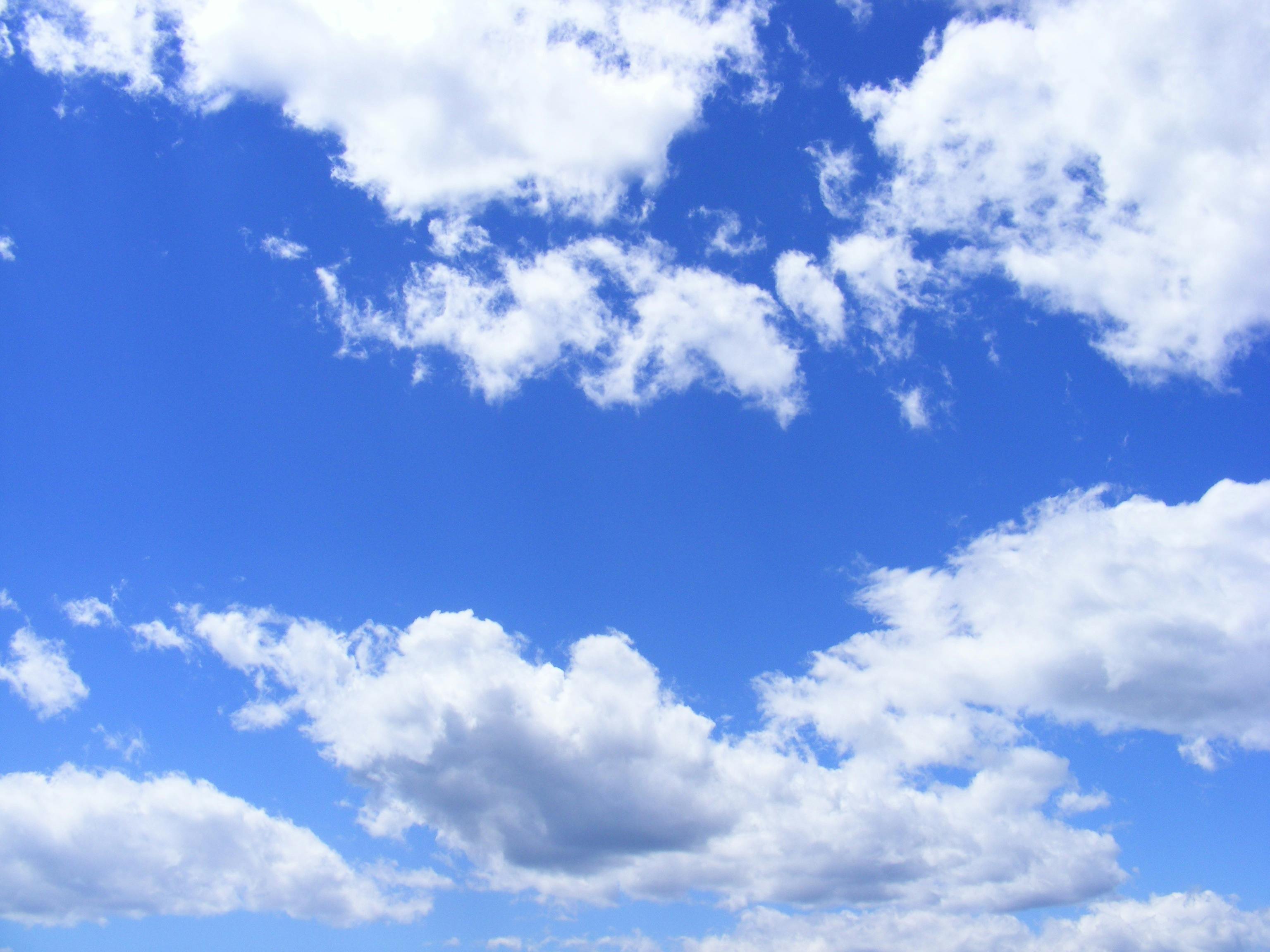The Water Cycle and Drainage Basin System
The water cycle, or the hydrological cycle, is a system. It therefore consists if inputs, outputs, flows and stores. These components are linked together by flows of energy and materials throughout the system, although it is important to remember that the water cycle is a closed system; this is because only energy transfers across the boundary. Energy from the sun enters and leaves the system, but the amount of water stays the same. In the water cycle, water is cycled from the land to the sky through the processes of evaporation, condensation and percipitation.
However, within the water cycle, another system exists. This is called the drainage basin system, and it is an open system. Energy comes into and leaves the system but water, unlike the hydrological cycle, can also enter and leave.

Clouds also store water in the atmosphere as water vapour before it falls to the ground as preciptation.

Interception is also a temporary store of water on surfaces such as vegetation and buildings. Some of the water stored on these surfaces evaporate straight back into the atmosphere.

Stores of water act as temporary places for the water to "rest" on its cycle round the drainage basin. In the drainage basin, water can also be stored on the surface, as well as in the soil, but flows are likely to eventually move it elsewhere.
Precipitation is the main input into the system. This takes the form of rain, snow, hail or sleet, and as I'm sure you're aware, falls to the earth in drops and flakes. Once the water has hit the ground, flows take place and transfer the water, ultimately to a new store.
Once the water has reached its new store, outputs will occur. Evaporation is the process in which liquid water changes into vapour. Energy from the sun transfers latent heat and is released when condensation occurs. Basically, evaporation moves water back into the atmosphere from a store of water such as a river. Transpiration is the diffusion of water back into the atmosphere as water vapour from a plant. Plants transpire this vapour through their leaves. Both processes working together are known as evapotranspiration. Water vapour released by these processes will condense in the atmosphere to form clouds, which will cause more precipitation. The drainage basin cycle will ultimately repeat itself.
Here is a diagram to explain:

However, within the water cycle, another system exists. This is called the drainage basin system, and it is an open system. Energy comes into and leaves the system but water, unlike the hydrological cycle, can also enter and leave.
So how does the drainage basin system work?
The drainage basin is an area of land drained by a river. In this system, rivers act as stores of water.
Clouds also store water in the atmosphere as water vapour before it falls to the ground as preciptation.

Interception is also a temporary store of water on surfaces such as vegetation and buildings. Some of the water stored on these surfaces evaporate straight back into the atmosphere.

Stores of water act as temporary places for the water to "rest" on its cycle round the drainage basin. In the drainage basin, water can also be stored on the surface, as well as in the soil, but flows are likely to eventually move it elsewhere.
Precipitation is the main input into the system. This takes the form of rain, snow, hail or sleet, and as I'm sure you're aware, falls to the earth in drops and flakes. Once the water has hit the ground, flows take place and transfer the water, ultimately to a new store.
Flows
- Infiltration: the process of water soaking into the soil surface. Once in the soil, the water will move relatively slowly.
- Throughflow: water in the soil is moved in throughflow through the ground to rivers and lakes. Some water moves deeper into underlying rocks by a process known as percolation. Gravity moves groundwater flow through the bedrock towards channels.
- Surface Runoff: water that drains from an area by flowing over the surface. For example, this may be seen in an urban area as the water cannot infiltrate though the man-made surfaces, resulting in the water flowing over land.
- Groundwater flow: water flow that occurs underground.
Here is a diagram to explain:

Comments
Post a Comment